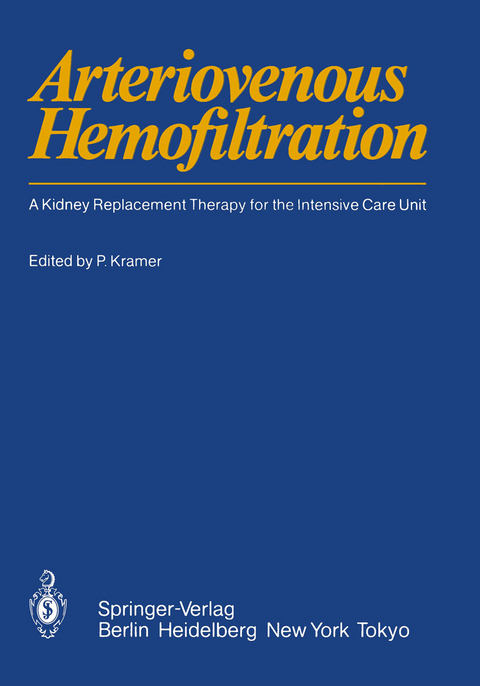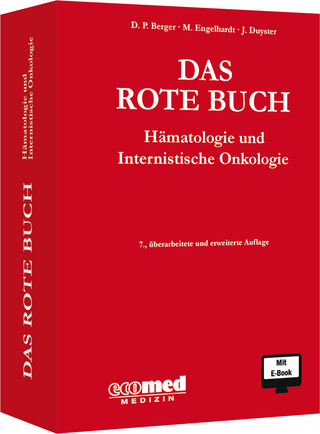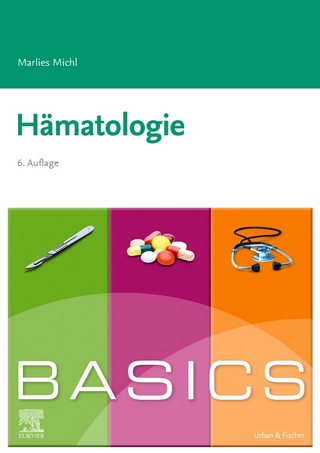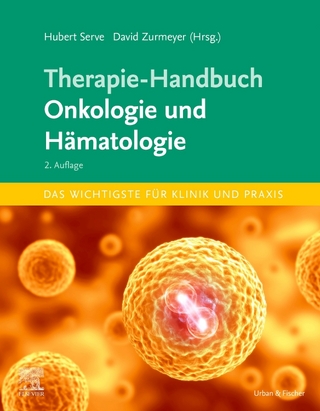Arteriovenous Hemofiltration
Springer Berlin (Verlag)
978-3-540-15317-7 (ISBN)
Discovery and Relative Importance of Continuous Arteriovenous Hemofiltration.- Physical Determinants of Continuous Arteriovenous Hemofiltration.- Mass Transfer in Arteriovenous Hemofiltration.- Effect of Hydrostatic Pressure and Hematocrit on Blood Flow and Filtration Rate.- Influence of Colloid-Osmotic Pressure on the Filtration Rate During Continuous Arteriovenous Hemofiltration.- Biocompatibility.- Leukocyte Counts and Complement Activation Düring Arteriovenous and Pump-Driven Hemofiltration.- Vascular Accesses.- Puncture and Long-Term Cannulation of the Femoral Artery and Vein in Adults.- Venovenous Ultrafiltration and Hemofiltration Via the Internal Jugular Vein Using a Double-Head Pump. A Simple Emergency Procedure.- Comparison Between Scribner Shunt and Femoral Catheters as Vascular Access for Continuous Arteriovenous Hemofiltration.- Coagulation - Anticoagulation - Heparin Dosage.- Alterations of Blood Coagulation in Patients with Acute Renal Failure.- Anticoagulation in Continuous Arteriovenous Hemofiltration.- Activated Clotting Time for Heparin in Dosage Monitoring in Continuous Arteriovenous Hemofiltration.- Setup and Fluid-Balancing Equipment.- Preparation of the Setup for Performing Arteriovenous Hemofiltration.- Simple Techniques for Accurate Fluid Balancing During Continuous Arteriovenous Hemofiltration.- A New Mechanical Device for Automatic Fluid Balancing in Continuous Arteriovenous Hemofiltration.- A Computer Monitor to Simplify the Management of Fluid Balance During Continuous Arteriovenous Hemofiltration.- Blood Volume and Blood Flow.- Continuous Noninvasive Monitoring of Blood Volume During Arteriovenous Hemofiltration.- Doppler Sonographie Measurement of the Blood-Flow Rate in the Extracorporeal Tubing System Düring ArteriovenousHemofiltration.- Bedside Estimation of Blood-Flow Rate.- Fluid and Electrolyte Substitution.- Management of Electrolyte and Acid-Base Metabolism with Continuous Arteriovenous Hemofiltration.- Potential Risks of Large-Volume Intravenous Fluid Therapy by Bacteria, Endotoxins, Trace Elements, and Particulate Matter.- Parenteral Nutrition.- Parenteral Nutrition in Patients with Acute Renal Failure Treated by Continuous Arteriovenous Hemofiltration.- Energy Balance and Survival in Patients with Acute Renal Failure.- Drug Dosage.- Drug Dosage in Patients on Continuous Arteriovenous Hemofiltration.- Cardiopulmonary Failure and Bypass.- Importance of Continuous and Slow Fluid Withdrawal in Patients with Impending Cardiogenic Shock.- Pulmonary Interstitial Edema: An Indication for Continuous Arteriovenous Hemofiltration?.- Ultrafiltration Düring Cardiopulmonary Bypass.- General Surgery.- Experience with Continuous Arteriovenous Hemofiltration in Surgical Intensive Care Patients.- Potentials and Pitfalls of Continuous Arteriovenous Hemofiltration.- Intensive Care Potentials of Continuous Arteriovenous Hemofiltration.- Differential Indications for the Use of Continuous Arteriovenous Hemofiltration.- Limitations and Pitfalls of Continuous Arteriovenous Hemofiltration.- Chronic Renal Failure.- Slow Continuous Ultrafiltration. Supplemental Therapy to Intermittent Hemodialysis.- Miscellaneous.- Continuous Pump-Driven Hemofiltration in Renal Failure.- Diagnostic Hemoperfusion Düring Continuous Arteriovenous Hemofiltration in Patients with Septicemic Acute Renal Failure.- Intestinal Substitution in Arteriovenous Hemofiltration. An Experimental Study on Inexpensive Long-Term Application of Continuous Arteriovenous Hemofiltration.- Cerebral Edema: Treatment by Continuous ArteriovenousHemofiltration. A Case Report.
| Erscheint lt. Verlag | 1.12.1985 |
|---|---|
| Zusatzinfo | XI, 244 p. 40 illus. |
| Verlagsort | Berlin |
| Sprache | englisch |
| Maße | 170 x 244 mm |
| Gewicht | 466 g |
| Themenwelt | Medizinische Fachgebiete ► Innere Medizin ► Hämatologie |
| Medizinische Fachgebiete ► Innere Medizin ► Nephrologie | |
| Medizin / Pharmazie ► Medizinische Fachgebiete ► Intensivmedizin | |
| Schlagworte | Blood • Care • Hämofiltration • Intensive care • kidney • Metabolism • shock • Surgery |
| ISBN-10 | 3-540-15317-9 / 3540153179 |
| ISBN-13 | 978-3-540-15317-7 / 9783540153177 |
| Zustand | Neuware |
| Haben Sie eine Frage zum Produkt? |
aus dem Bereich




